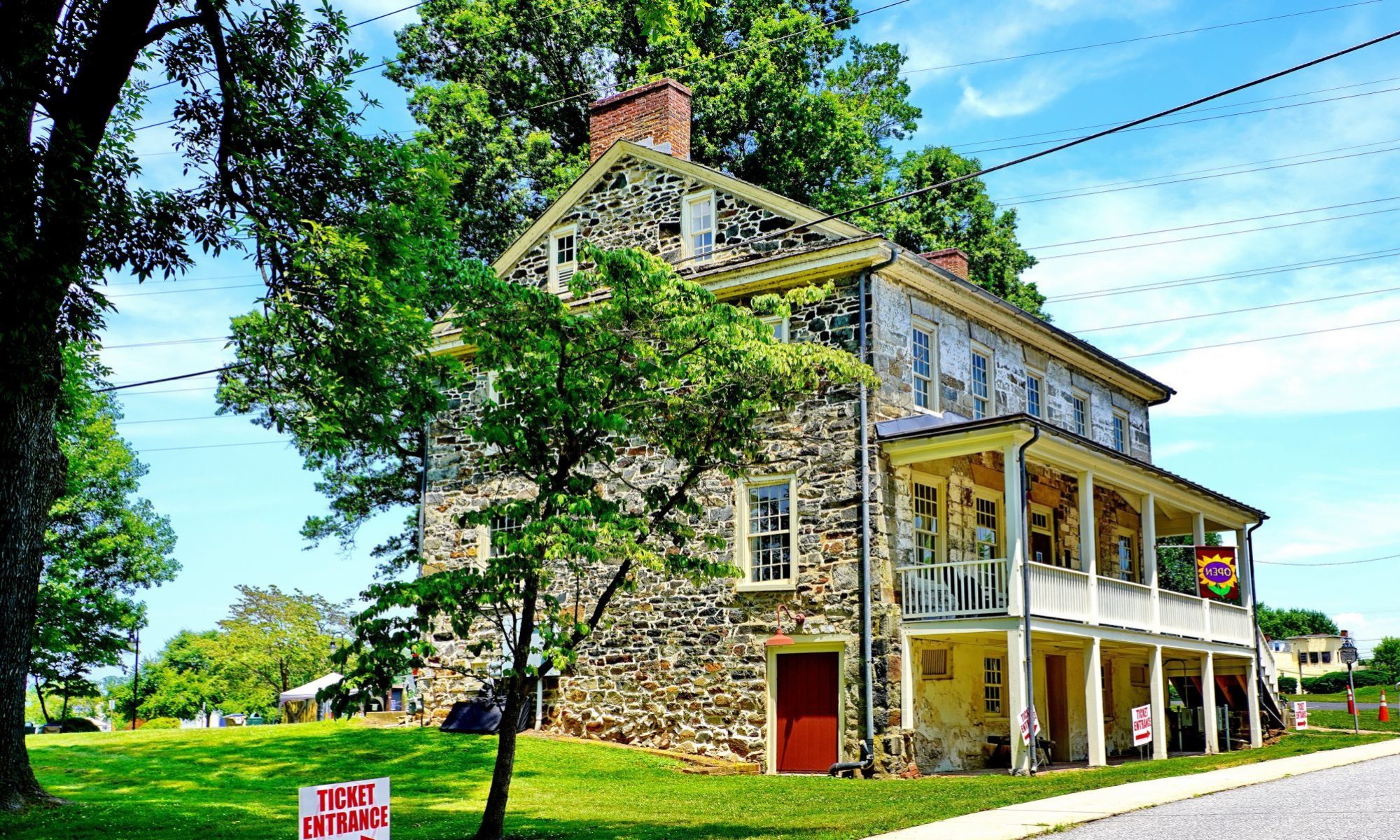
The Historical Society of Cecil County wraps up the winter 2013-14 speakers’ series with a particularly lively event as the group taps into a fascinating period when Americans gave up the legal right to drink intoxicating beverages. Taking on this watershed event in the roaring ‘20s, “Pass the Rum: The Rise and Fall of Prohibition,” and the Bootleggers’ Ball, examines the “noble experiment” from a local perspective, as the Society wraps up another successful year of public programs.
The lecture by Mike Dixon, a social historian, looks at attempts to regulate the consumption of alcohol and rid America of crime and vice. While most people are aware of prohibition in the 1920s, the attempt to regulate behavior extends far back into the County’s past, as wets and drys battled over booze. Although the program pays deeper attention to the modern era, the period when the nation, the State, and Cecil struggled to live with the 18th amendment and prohibition agents fought illegal activities, it takes a much longer view. But after the entire country went dry at midnight, January 16, 1920, when the federal government corked the flow of alcohol, the nation entered an intriguing chapter in history, a long dry spell. Colorful stories, of rum runners, moonshiners, bathtub gin, intriguing personalities, complicated politics, organized crime, outgunned lawmen, and the anti-saloon movement fill this period.
After enjoying the informative program, get your secret password for free access to our after-hours rendezvous from one of the flapper girls milling about. “With it, you will easily gain entrance to the Bootleggers’ Ball at the North Street Hotel as we toast the repeal of prohibition, celebrate and socialize after the talk,” the program host, Beth Boulden Moore, noted. “Come dressed in your finest flapper girl dress or moonshiner/bootlegger attire to win a fabulous prize. Or just come as you are to enjoy the afternoon.”
Musical entertainment will be provided by the infamous Boxturtle Bob, and perhaps he will even spin a few unique Cecil County tunes. Light refreshments will be provided and alcohol will be available for purchase from the bar. To help the “drys,” those temperance and teetotaler types, catch the spirit, the Society will have complementary non-alcoholic beverages that even the Saloon Smasher, Carrie Nation, would approve of, Bathtub Beth added. So for thirsty guests it will be bottoms up for everyone.
Don’t miss this lively program as we wrap up another successful year of talks exploring Cecil’s heritage.
When: Saturday, April 5th at 2:oo p.m.
Where: Historical Society of Cecil County, 135 E. Main Street, Elkton, MD
Cost: Free
Afterwards: The bootleggers ball a chance to toast the end of prohibition, celebrate and socialize at the North Street Hotel, Elkton. See Bathtub Beth and the Flapper Girls for the free password to get into our after-hours rendezvous.














